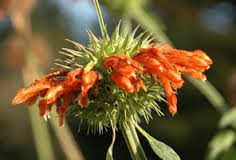
by Sheila Dunning | Feb 26, 2018
Weather sayings can be quite colorful. Some of them may be connected to scientific observations, while others are more superstitious in nature. What the weather will do this month can change on a moment’s notice. March is definitely one of the more unpredictable months. One week the temperatures are warm and spring-like. A few days later the weather turns stormy and cold. Depending on the groundhog you follow, spring will be here, or not, in the next few weeks.
But, any long time Northwest Florida residents knows, summer will be here eventually and it is going to get hot and dry. So, while trying to figure out whether to wear your T-shirt or arctic parka today, take a moment to locate that patch of the landscape and consider adding a “lion” or “lamb.”
 Lion’s ear and Lamb’s ear are two plants that survive under hot, dry conditions. Lion’s ear, Leonotis nepetifolia, is a tall-growing (8 feet) annual with orange tubular flowers that peek out of the spiny bloom head, giving the appearance of a lion’s ear. Hummingbirds reportedly hover next to a flower or even perch on a cluster, drinking for 10 seconds or longer. That’s an eternity in hummer world and about as long as any lion would tolerate someone messing with his ears.
Lion’s ear and Lamb’s ear are two plants that survive under hot, dry conditions. Lion’s ear, Leonotis nepetifolia, is a tall-growing (8 feet) annual with orange tubular flowers that peek out of the spiny bloom head, giving the appearance of a lion’s ear. Hummingbirds reportedly hover next to a flower or even perch on a cluster, drinking for 10 seconds or longer. That’s an eternity in hummer world and about as long as any lion would tolerate someone messing with his ears.
Lamb’s ear, Stachys byzantina, is an easy care perennial with wooly gray-green leaves and lavender colored flower spikes. It makes an attractive accent in a container or excellent groundcover that invites you to experience its soft “wool”, like those cute little ears of a baby sheep.
Both of these plants are self-sustaining species that establish well in open dry areas. The lion’s ear must self sow seed to return each year. Whereas, the lamb’s ear will return from the roots and can be divides if you want to relocate them.
Lion or lamb, March is a good time to plan for easy care, summer, blooming flowers. While it may be “freezing” now, you know once it gets hot, the last place you will want to be is outside in the blazing sun. Maybe the thoughts will warm you. For information on good perennials for Northwest Florida go to: http://edis.ifas.ufl.edu/mg035
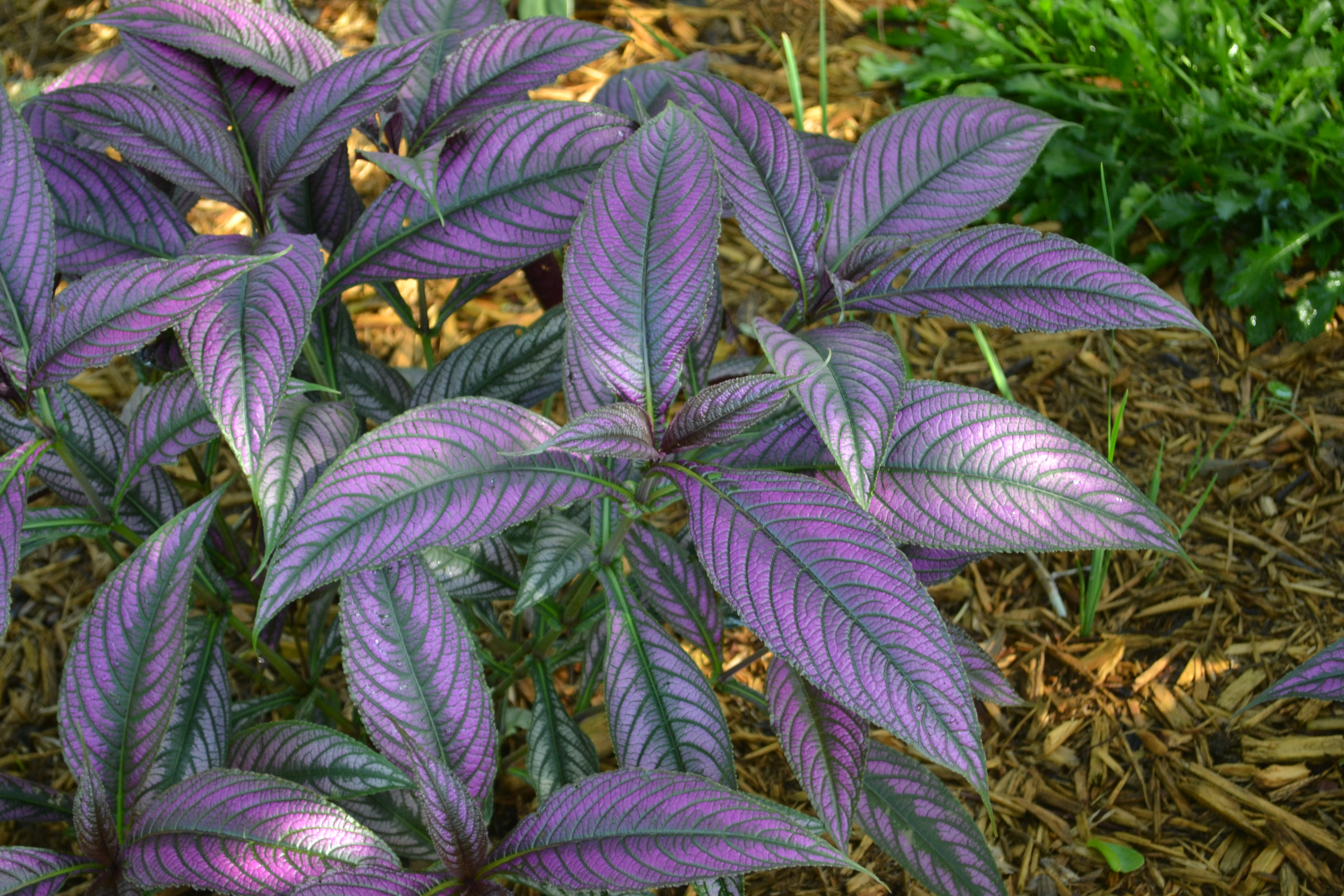
by Beth Bolles | Feb 26, 2018
Many landscapes have areas with tree canopies that lend themselves to becoming an attractive low maintenance garden area. Too often we may try to fight our shade by growing turf or pruning trees to allow more sunlight. The low maintenance approach can be to enhance your shaded area with plants and features that are both adaptable to low light and offer seasonal interest.
There are a variety of plants that perform well in the shade of a tree canopy, including evergreens, flowering perennials, and groundcovers. A key to remember is to make sure soil moisture matches the plant you choose. Tree roots will compete with plants you install so supplemental irrigation may be needed during periods when rainfall is lacking. Another consideration is that tree root systems may prevent a lot of digging for establishment so choose plants that may spread out on their own from the main plants. A few examples include Netted chain fern, Toadlily, Chinese ground orchid, and Raspberry vine. Adding specimens in containers for difficult to dig sites is also an option.
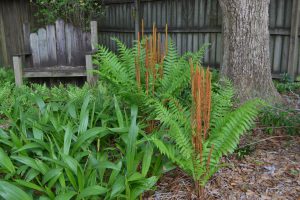
Under a tree canopy can be a low maintenance area. Ground orchids, cinnamon fern, and toadlily enhance a seated area. Photo by Beth Bolles, UF IFAS Extension Escambia County
Today’s plant options for shade are quite large. Below are just a few to consider.
Japanese fatsia is a large tropical looking evergreen that is very cold hardy. Attractive white flowers brighten the winter landscape.
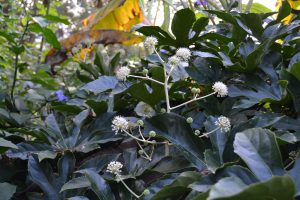
White flowers in winter are a bonus to enhance the large evergreen leaves of Fatsia. Photo by Beth Bolles, UF IFAS Extension Escambia County
Mountain snow pieris is a newer nursery offering with small white flowers during winter. Plants will need some moisture during warmer months.
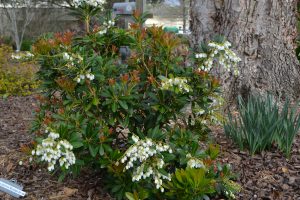
White blooms of Mountain Snow pieris in winter brighten an area. Photo by Beth Bolles, UF IFAS Extension Escambia County
Persian shield offers iridescent purple and silver foliage during warmer months. This plants would be considered an annual in most landscapes.
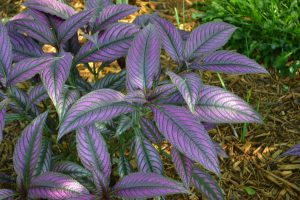
Even though it is an annual in most gardens, Persian shield brightens any shady spot. Photo by Beth Bolles, UF IFAS Extension Escambia County
The added benefit of landscaping under trees is that you have a natural self mulching area. You may need to dress up a few areas with additional mulch or redistribute leaves every so often so they don’t become to thick around plants. For more ideas on shade tolerant plants, visit the Escambia County Demonstration Gardens, 3740 Stefani Road, Cantonment, FL.
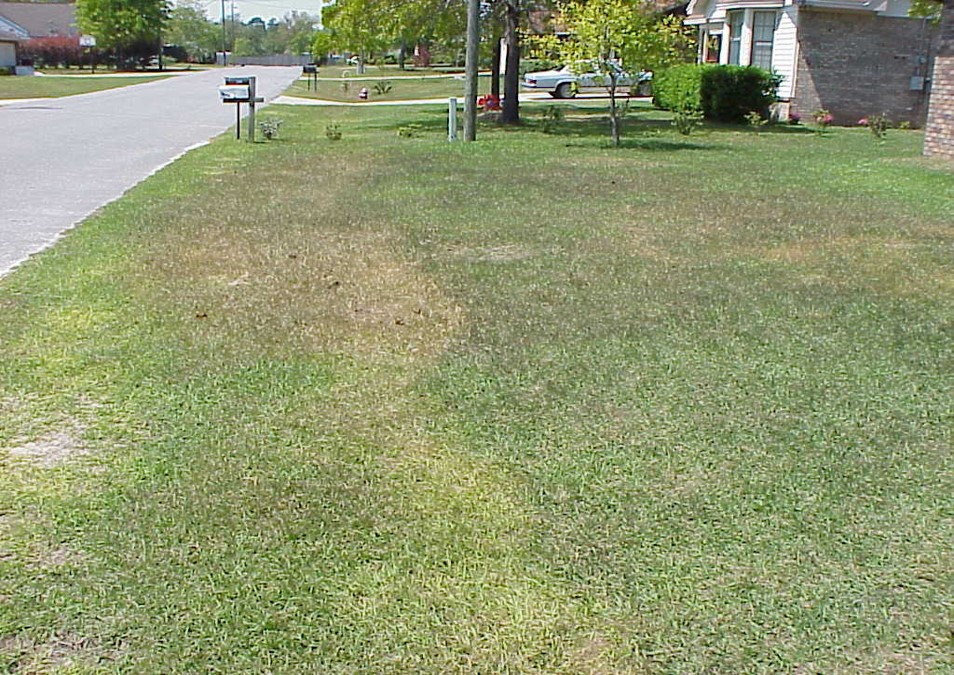
by Larry Williams | Feb 26, 2018
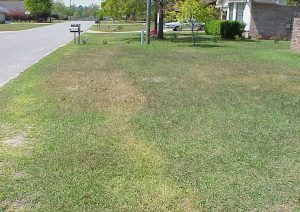
Cold injury to lawn caused by early fertilization. Photo credit: Larry Williams
February can be a confusing month for North Florida gardeners. Winter isn’t over. So don’t let spring fever cause you to make some gardening mistakes. Let’s take a look at some dos and don’ts of February gardening.
Despite colder temperatures that we can experience this month, it’s still okay to plant trees and shrubs from containers. The roots are better protected in the ground and will quickly grow outward to establish as compared to being exposed to cold temperatures above ground, confined in a container. But be cautious about planting cold sensitive tropical plants too soon while freezing weather is likely. Bare-root trees and shrubs (those with no soil attached to the roots) should be in the ground promptly. This includes bare-root nut and fruit trees, pine and hardwood tree seedlings and bare-root roses. Dormant season planting allows time for establishment before hot weather arrives.
February is a good time to transplant or move trees and shrubs that are in the wrong place. Consider moving plants that require pruning to force them to “fit” into small or confined spaces. Move them to an appropriate location where they can grow to full size. Then you can plant something new and appropriately sized for replacement.
Late February is a good time to prune overgrown shrubs such as ligustrum and holly. These plants usually respond well to severe pruning and can be pruned almost to the ground, if necessary. But remember, they will eventually regrow to their larger size. Prune to shape and thin broadleaf evergreens and deciduous flowering trees such as oleander, crape myrtle and vitex. Avoid severely pruning narrow leaf evergreens such as junipers because they have few buds on old wood from which to form new growth. Mid-February is a good time to prune bush roses, removing dead or weak canes. Leave several healthy canes and cut these back to about eighteen inches. Delay doing much pruning on early spring-flowering shrubs such as azalea and spirea until shortly after they flower. Pruning these plants now will remove present flower buds before they can open. Prune deciduous fruit trees such as peach, plum, apple, etc.
If your lawn has had a history of problems with summer annual weeds such as crabgrass, apply a pre-emergent herbicide. This should be done February 15 to March 1 when day temperatures reach 65° to 70°F for 4 or 5 consecutive days. A second application may be needed eight weeks later. Many people fertilize their lawns too early. Wait until April to fertilize to prevent lawn injury and for the most efficient use of the fertilizer.
by Matt Lollar | Feb 14, 2018
Register today for the 2018 Panhandle Fruit & Vegetable Conference! The Panhandle Fruit & Vegetable Conference is scheduled for February 19th & 20th. On the 19th we will go on an afternoon farm tour in Baldwin County, AL that will end with dinner (included) at Auburn University’s Gulf Coast Research and Extension Center in Fairhope. Educational sessions with guest speakers from University of Florida, Auburn University, and Texas A&M University will be held on February 20th where topics will include Citrus Production, Vegetable Production, Protected Ag Production, Marketing/Business, Food Safety, and Fruit & Nut Production. A full list of topics can be found here. Fifty dollars (plus $4.84 processing fee) covers the tour and dinner on the 19th and educational sessions, breakfast, and lunch on the 20th! The complete agenda is now available. Use your mouse or finger to “click” on the image below for full screen viewing.
Make sure to register by Wednesday, February 14th! – Registration Link
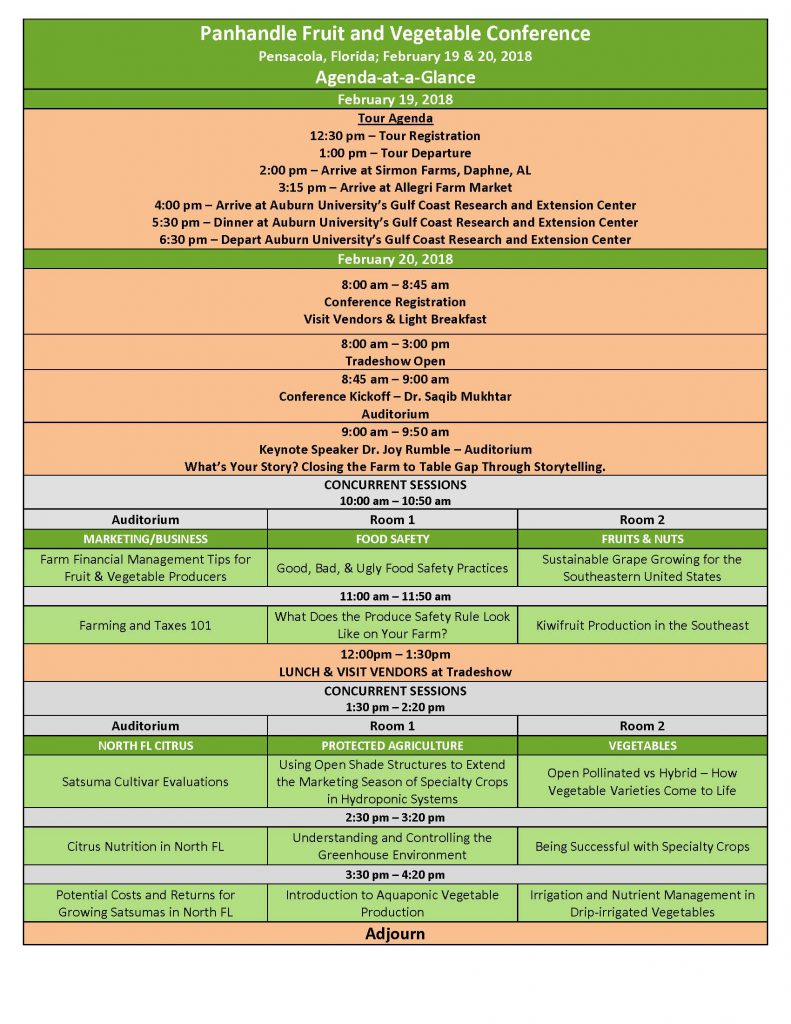
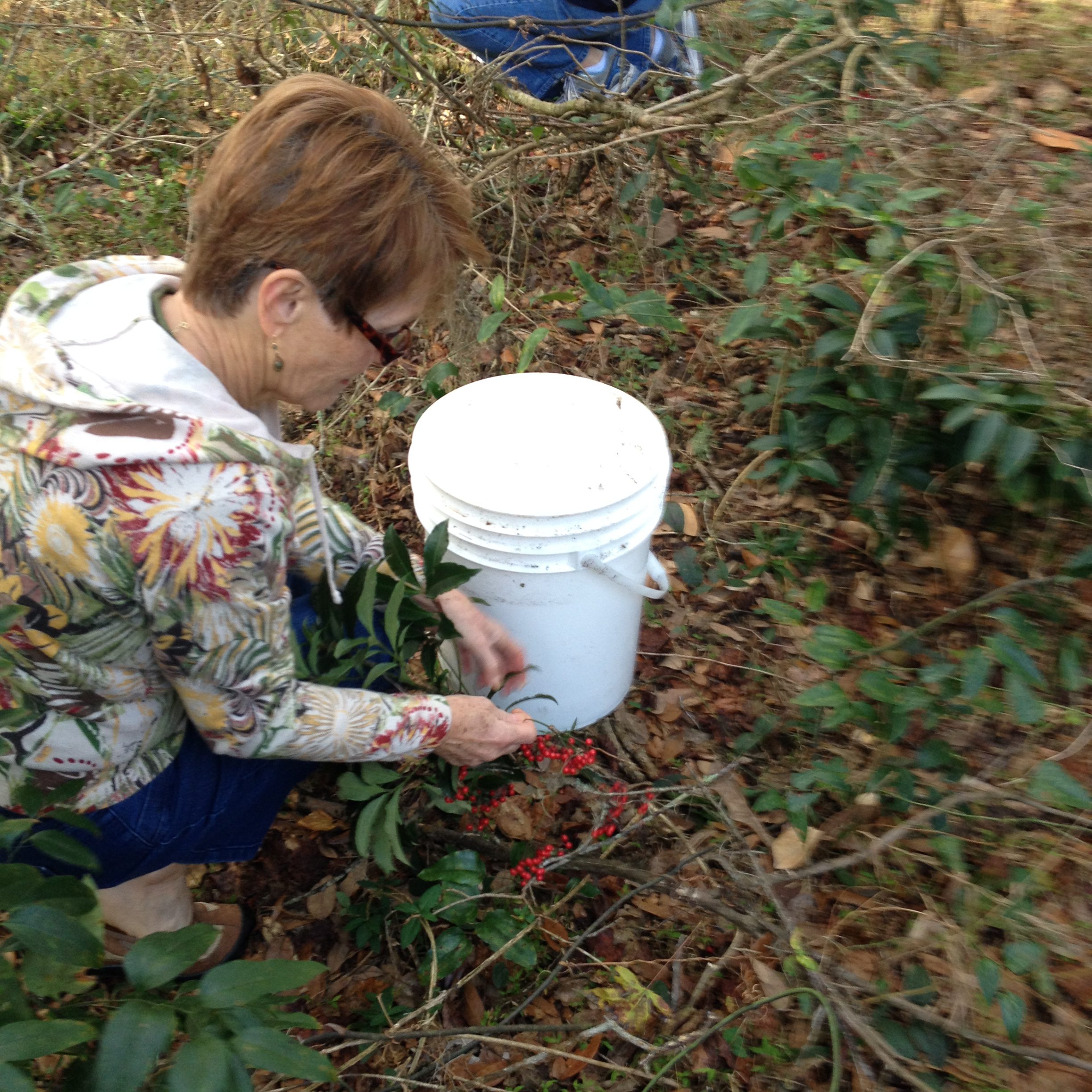
by Mark Tancig | Feb 5, 2018
An important skill for the Florida gardener is to be able to identify and control invasive, exotic plant species. These plants invade and disrupt Florida’s unique natural ecosystems, often spreading from surrounding urban and suburban landscapes. Being proactive in reducing their spread helps protect the integrity of Florida’s natural areas. Cooler days, fewer bugs, dormant vegetation (including poison ivy!), and striking plant characteristics make this time of year perfect for identifying and controlling invasive, exotic plants in urban/suburban woodlands. For additional motivation, February 26 through March 2 has been proclaimed National Invasive Species Awareness Week.
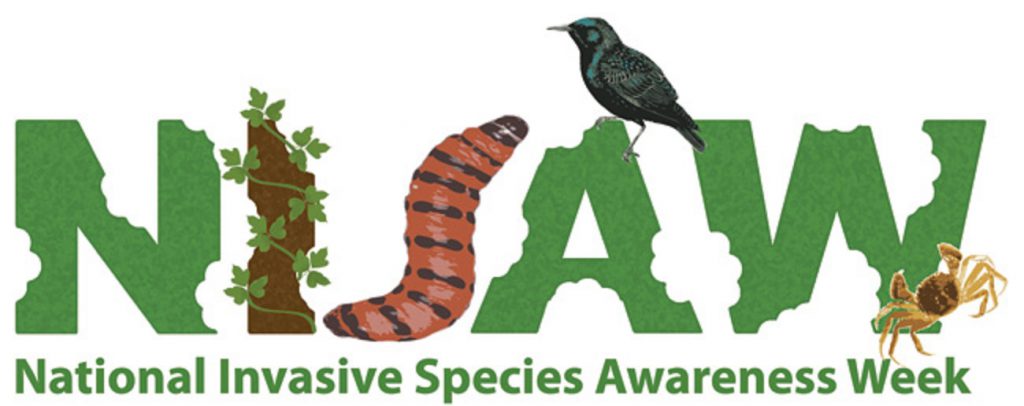
National Invasive Species Awareness Week is February 26 to March 2 this year.
In north Florida, two easily recognizable invasive, exotic plants are coral Ardisia (Ardisia crenata) and heavenly bamboo (Nandina domestica). Both of these plants were introduced decades ago as ornamental plants due to their showy foliage and fruit and ease of cultivation. I picture an adventuring botanist or gardener returning from some exotic locale and sharing what a beautiful and easy growing plant they had found. These characteristics make them easy to notice.
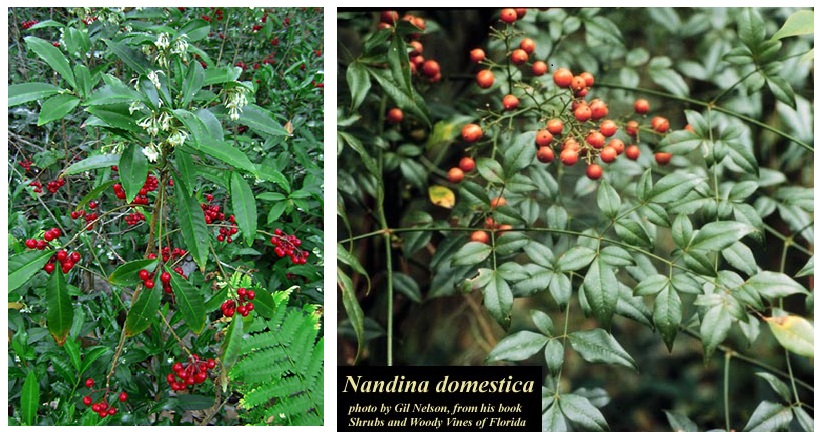
Coral Ardisia (left) and heavenly bamboo (right) are easy to recognize this time of year. Credit: UF/IFAS; Gil Nelson.
In small areas, manual control methods can be used to successfully rid an area of these common pest plants. Simply pick off the berries and place them in a small container – a 5-gallon bucket works great. Pull up the mature plant being sure to remove the roots. The seeds should be double-bagged and placed in the garbage for disposal in a landfill. The plants can be tossed to the side and allowed to dry out and breakdown. For larger plants, a shovel or root jack can be used to help ensure that the roots are removed from the soil. Follow up is often necessary for total control.
Chemical control methods are more efficient and practical for large areas. County Extension offices can help you select the right herbicide control program for your individual site and particular invasive, exotic species present.
During February and leading up to National Invasive Species Awareness Week, look for opportunities in your community to help rid natural areas of these pesky plants. For more information on invasive, exotic species, including photos, videos, and control recommendations, visit the UF/IFAS Center for Aquatic and Invasive Plants website – plants.ifas.ufl.edu.
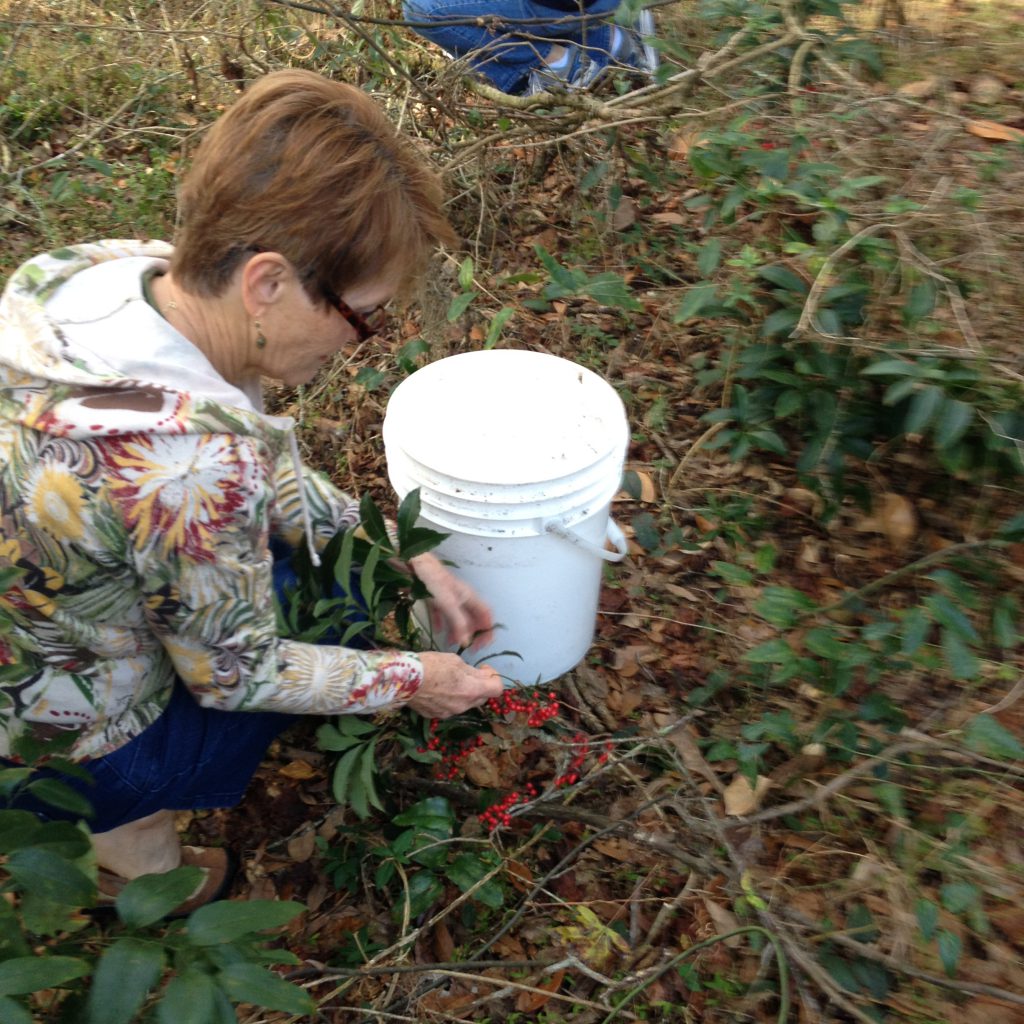
You can help rid local natural areas of invasive, exotic plants. Credit: Mark Tancig

 Lion’s ear and Lamb’s ear are two plants that survive under hot, dry conditions. Lion’s ear, Leonotis nepetifolia, is a tall-growing (8 feet) annual with orange tubular flowers that peek out of the spiny bloom head, giving the appearance of a lion’s ear. Hummingbirds reportedly hover next to a flower or even perch on a cluster, drinking for 10 seconds or longer. That’s an eternity in hummer world and about as long as any lion would tolerate someone messing with his ears.
Lion’s ear and Lamb’s ear are two plants that survive under hot, dry conditions. Lion’s ear, Leonotis nepetifolia, is a tall-growing (8 feet) annual with orange tubular flowers that peek out of the spiny bloom head, giving the appearance of a lion’s ear. Hummingbirds reportedly hover next to a flower or even perch on a cluster, drinking for 10 seconds or longer. That’s an eternity in hummer world and about as long as any lion would tolerate someone messing with his ears.











